Museum of Appalachia: The Primitive Objects of Everyday Life in Rural Southern Appalachia
By Maxine Carter-Lome
The Museum of Appalachia, founded in 1969, is a 65-acre living history museum in Clinton, Tennessee that reflects early life in a pioneer mountain farm-village in Southern Appalachia through a unique assemblage of buildings, artifacts, and stories amassed over half a century by the Museum’s founder, John Rice Irwin. Its mission is not only to preserve the physical artifacts of an earlier time but to instill a greater knowledge of and appreciation for the Appalachian heritage.
The Village consists of more than 30 cabins – all authentic log structures that reflect different periods of Appalachian history from the late 17th to early 20th centuries. Moved to the Museum from their various Appalachian origins, these cabins have not only been reconstructed with loving care but have also been fully furnished with careful attention to detail. Irwin believed that it was imperative to “get every item just the way it should be. It is such things as the handmade corner cupboard and the little items on the shelves that really represent the culture of the people of this area.”
Visitors can also view a staggering number of pioneer relics in the Display Barn, a building filled to the brim with thousands of mostly every day, utilitarian items of years past that Irwin picked up in his travels as a collector along the back roads and farms of rural Southern Appalachia. In all, the Museum boasts a collection of over 250,000 objects, buildings, and artifacts that today tell the story of life and the people of Southern Appalachia pre- early 20th century.
We had the opportunity to learn more about the Museum, its collection of artifacts, and John Rice Irwin as a collector in a conversation with his daughter, and the President of the Museum of Appalachia, Elaine Meyer.
Tell me a little about your father and the Museum’s founder, John Rice Irwin. What is his background, history, and evolution as a collector?
My father is a historian and educator, and was a teacher, principal, and Superintendent of the Anderson County School District before he retired. He grew up on a farm not far from the Museum; he knew his grandparents – how they lived. When he did chores for them around the farm they would reward him with something like an old coffee grinder, farm implement, or tool, telling him to hold on to it as one day it might be worth something. I sometimes think it was his love for them-perhaps an effort to keep their memories alive-that drove him to collect.
As a young man he would drive around and ask people if they wanted to get rid of their old things – “anything you’d like to sell.” Being from the area he became a trusted person and people would sometimes sell him their discarded wares. But he was also interested in knowing more about the family behind the objects he collected. He would always write those things down, what people told him and shared about their life and family. When he finally opened the Museum he not only had the artifacts but the stories behind them. It’s these stories that make our Museum so unique.
After that my dad just kept collecting artifacts and structures, animals, more land … it just evolved over time. Today we have 50 structures of which 30 you can tour or at least see. These various structures of all kinds, all filled with items of everyday life, as it would have been by the people that made them.
The museum has evolved over time but our mission remains the same – to tell the story of the Appalachian people and keep our past alive. This was a way of life for people and the Museum shows it’s sustainable.
What stories can you share about your father’s collector experiences?
It was a part of our lives growing up and part of me. He gathered and collected – he never focused on preserving what he collected; that’s our focus now as these items now require a lot of maintenance.
One time they were taking a building down and he was on the roof and the whole roof collapsed. He had to jump off and almost met his demise.
My sister and I, and my mom too, went with him a lot. I can remember eating at some of these old country stores along the way – they’d stick their hand in barrels for pickled eggs – or we’d drink water out of people’s wells with a communal gorge or dipper.
Things that early pioneer settlers would have needed and used on the frontier to get by. For example we have an extensive collection of axes. We also have a collection of toys. Back then toys were pretty much utilitarian – a wagon used to bring in firewood … We also have a huge collection of musical instruments. For people who did not have a lot of free time and enjoyment they enjoyed their music for relaxation.
We also have large collection of folk art, and whimsical, strange, and unusual items; whatever he wanted to collect. There’s a collection of herbs – people here didn’t have access to a lot of traditional medicines so herbs were important and useful for treating different types of illnesses. All kinds of pottery … no specific area of genre – just a wide variety.
Does the Museum still acquire objects for its collection?
We do occasionally, but now our primary focus is to take care of what we have.
What are a few of the more intriguing items that make up this collection?
We have a perpetual motion machine. According to local legend, a million dollar award was offered during the Civil War for someone who could make perpetual motion. We have one man’s attempt. He hid his in a cave so no one would find it and worked on it for years. It’s a fascinating story and people come from all over the world to see this thing. That’s one of my favorites.
There was a man who raised his family in a hollow tree in Kentucky and their story is told here. It’s the story of the people that fascinates me – the hardships they had and how they overcame them.
What is the “take-away” for visitors to the Museum?
That no matter where you’re from, you should be proud of your ancestors. Ours is a story of Southern Appalachia but they enjoyed life and did the best they could with what they had. That’s a universal story no matter where you live.

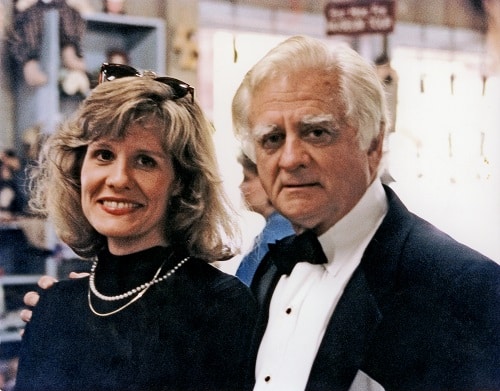
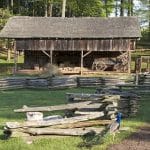
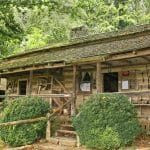
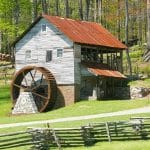

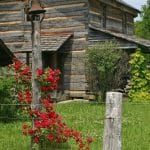
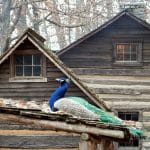

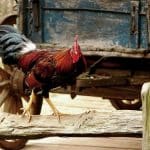

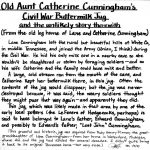
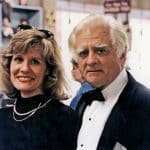
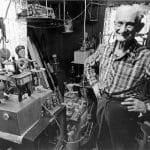

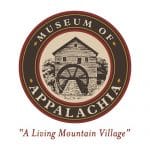



Related posts: